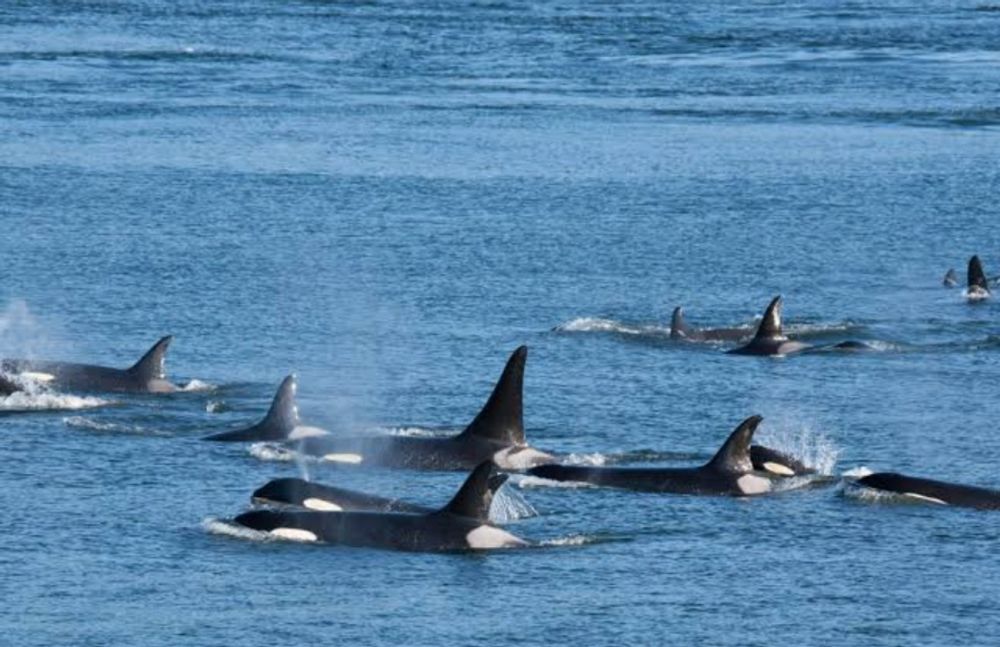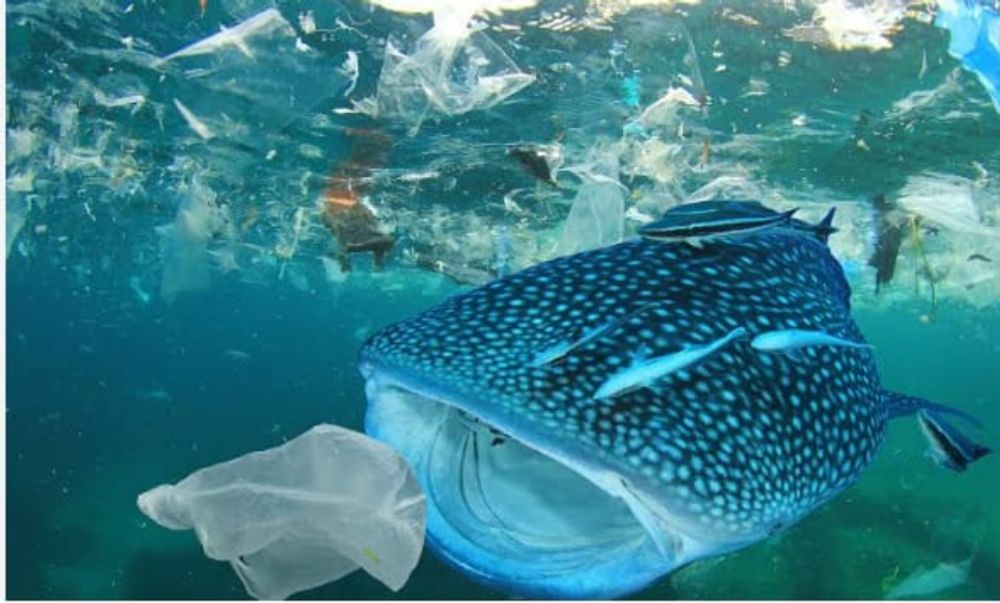

Greetings candle monkers ,trust everything is great. We should begin the day with another blog about whales and their plastic utilization. It's a fascinating and knowledgable one.

Whales are exceptionally friendly creatures, and a few gatherings structure families that are the most steady in the animals of the world collectively. A portion of the mind boggling social way of behaving, hunting procedures, and vocal correspondence of executioner whales are viewed as proof that they have their own way of life .
They are carnivores with effortlessness and are great at going after prey. They are the normal foes of penguins, dolphins, seals, and different creatures. Once in a while they likewise assault different cetaceans and, surprisingly, extraordinary white sharks , which can be known as the lord of the ocean, found in practically all maritime locales, from central to polar waters. Dispersion stretches out to many encased or shut oceans, like the Mediterranean Ocean, the Ocean of Okhotsk, the Bay of California , the Inlet of Mexico, the Red Ocean, and the Persian Bay.
The territories of executioner whales are predominantly polar and calm oceans. generally disseminated in the most oceans of Japan and Iceland in the oceans of the world, there appear to be no conspicuous limitations on variables like water temperature and profundity. They have generally high densities and high mentalities, particularly in ocean regions with bountiful prey.
Also, the following stage is to present a portion of its living propensities.

1.Migration
Significant distance movements of executioner whales with high perspectives have been archived, and numerous Antartic executioner whales seem, by all accounts, to be profoundly straightforward. In Antarctica, some ecotypes of executioner whales approach ice packs looking for prey, while others chase just in the outdoors. Orcas assemble occasionally in beach front waters to take care of and sporadically enter estuaries.
2.Cluster
Executioner whales are exceptionally friendly and have complex social structures.They like to live in gatherings. There are little gatherings of 2-3 and huge gatherings of 40-50. There are even reports that there are 100s of people in a gathering, yet this is just an impermanent association between a gathering of more modest gatherings.
3. Swimming
Executioner whales can swim up to 160 km each day. There is much of the time conduct like leaping to raise a ruckus around town, drifting, and peeping or slapping the water surface with its tail or pectoral balances.
4. Sound
Orcas utilize three vocalizations: whistles, discrete calls, and snaps. The voice is utilized for correspondence and route. They utilize discrete calls and whistles to convey between gatherings. Every one of our gatherings has an unmistakable tongue that sounds somewhat not the same as different subgroups.
5. Food
Executioner whales eat a normal of 45 kg of food each day and can really eat definitely more than that. They gulp down little prey yet will more often than not destroy bigger prey prior to eating them. Blue whales consume up to 10 million bits of microplastic consistently.
Plastic utilization by whales

The whales could be hurt by the microplastics and the poisonous synthetic compounds they convey, and past work has distinguished plastic-determined impurities in their lard. The well evolved creatures are as yet recuperating from the whaling exchange and face other human-caused effects, for example, commotion and boat strikes.
The whales for the most part taken care of at profundities of somewhere in the range of 50 and 250 meters (165-820 feet), which is home to the "best centralization of microplastics in the water section," Kahane-Affinity told AFP.
In profoundly dirtied regions, or on the other hand in the event that plastic contamination keeps on ascending from now on, the whales could be eating 150 million pieces every day, the scientists cautioned. The information was gathered in the beach front waters of California, yet the researchers said different regions of the planet were more dirtied.The focal gauge for blue whales was 10 million pieces every day, meaning beyond what 1 billion pieces could be ingested north of a three-to four-month taking care of season. The heaviness of plastic consumed over the season was assessed at between 230 kg and 4 metric tons.
HUMPBACK WHALES were assessed to eat around 4,000,000 pieces a day.The research is quick to gauge microplastic utilization for blue, blade, and humpback whales, which are baleen whales and use channels to get their prey. It found that essentially all the microplastics polished off are in the krill and fish the whales eat as opposed to in the water. The plastic particles are comparative in size to the food sources the more modest creatures eat.
Conclusion
All things considered, the vast majority of the microplastics entered the whales since they were at that point inside their prey.
The biggest creature ever to live on Earth is likewise logical the greatest microplastic purchaser, eating up to 43.6 kilograms daily.
Generously stay tuned for another blog ..


